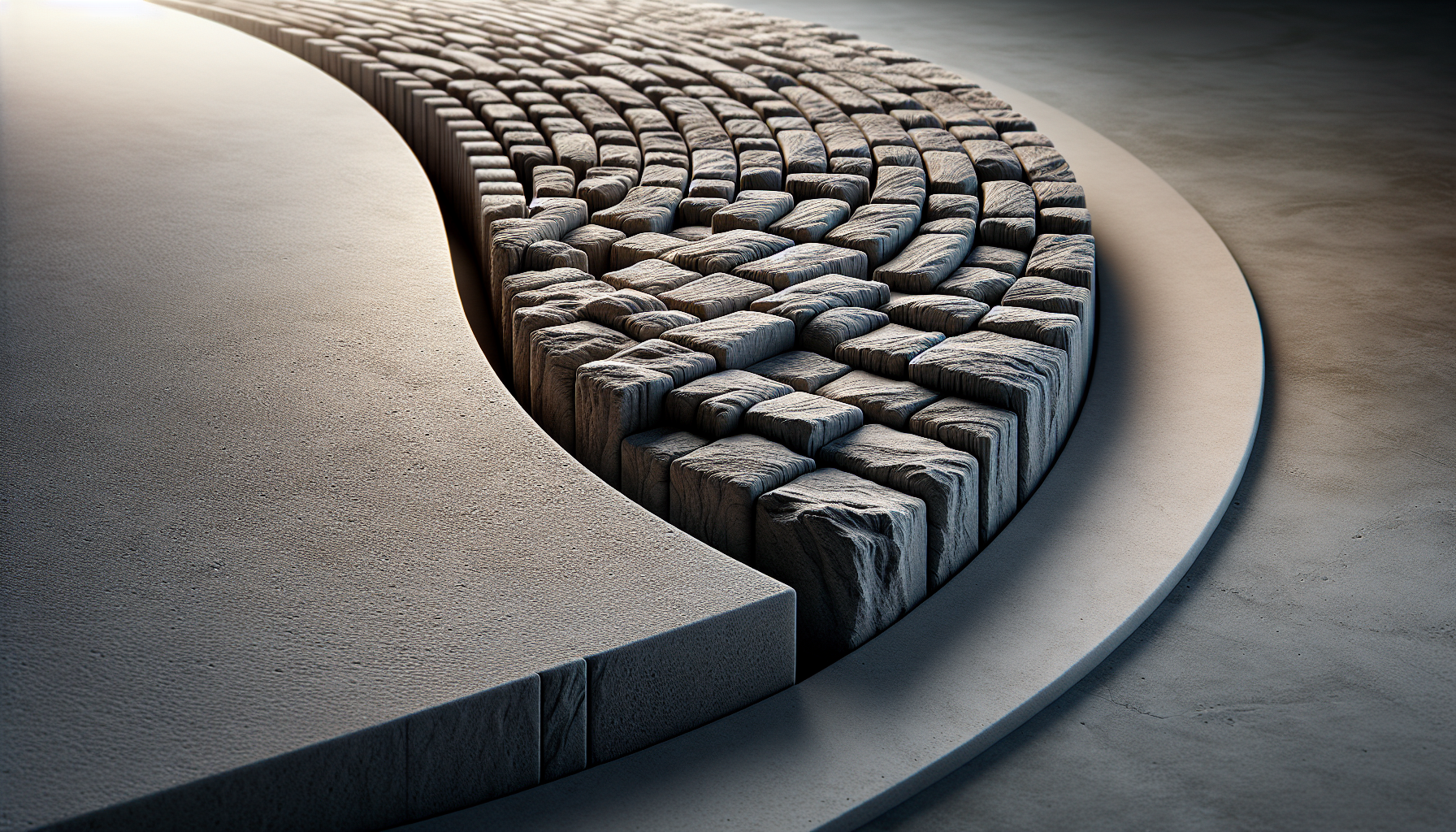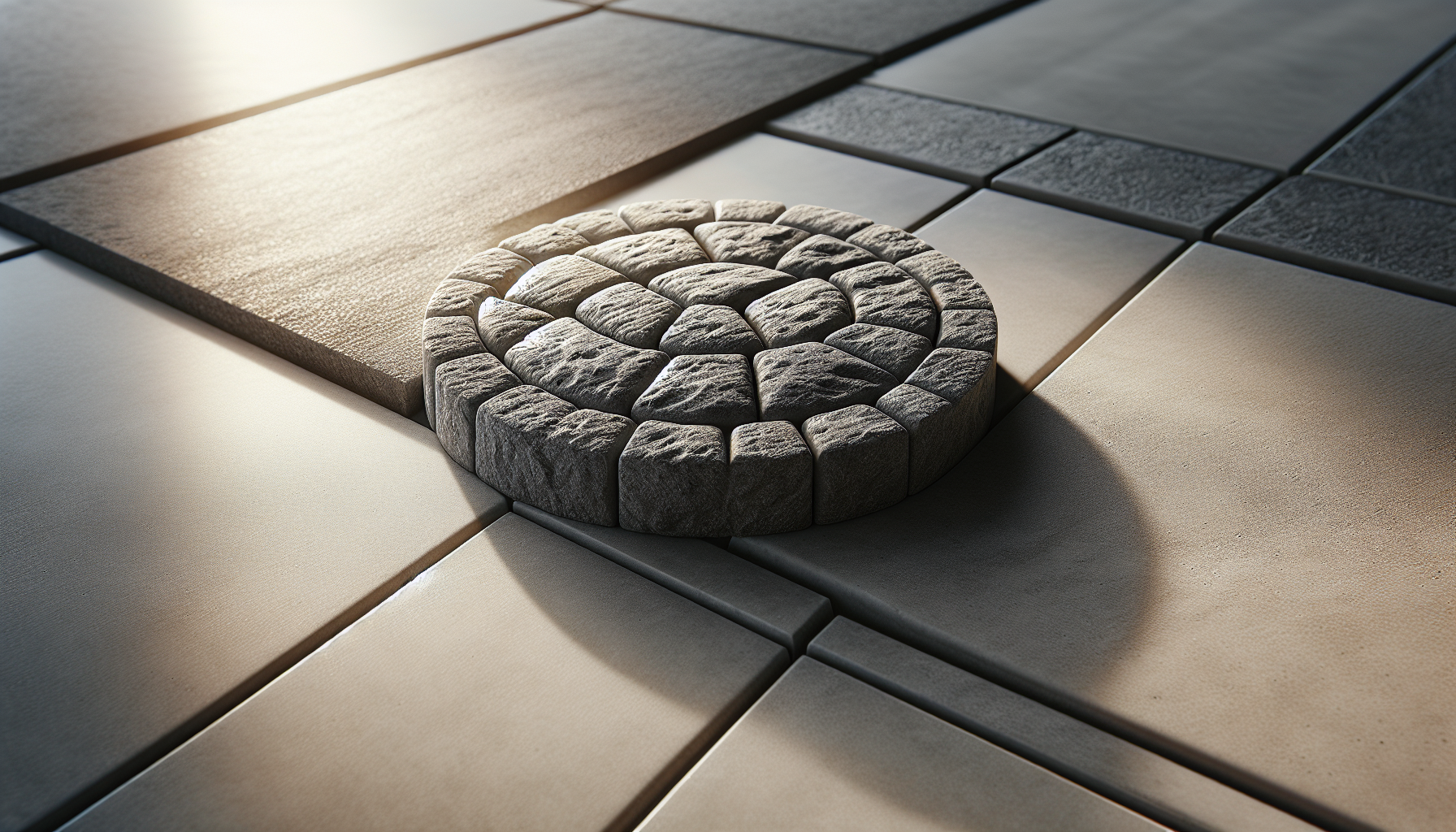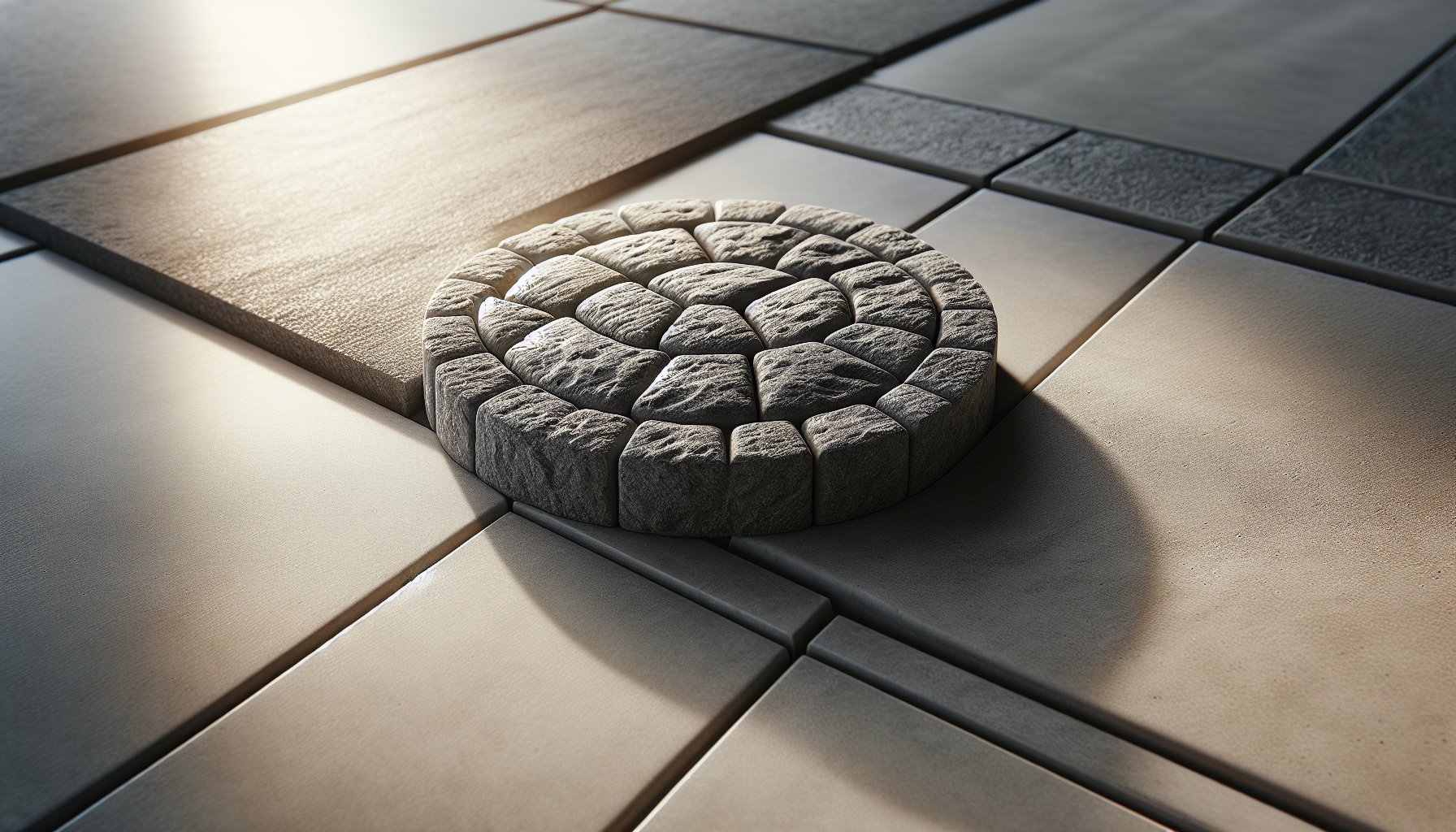Have you ever wondered whether it would be more cost-effective to lay pavers or use poured concrete for your outdoor spaces? Making a choice between these two popular materials can be a challenge, as both have their own unique advantages and disadvantages. Let’s take a detailed look at the costs, benefits, and factors you should consider when deciding between pavers and poured concrete.

Understanding Pavers and Poured Concrete
What Are Pavers?
Pavers are individual units made from materials like concrete, brick, or stone. They come in various shapes, sizes, colors, and textures, allowing for customizable designs. People often choose pavers for patios, driveways, and walkways because they are visually appealing and can be arranged in intricate patterns.
What Is Poured Concrete?
Poured concrete is a solid slab of concrete that is poured into a mold. It creates a smooth and uniform surface, making it a popular choice for driveways, sidewalks, and patios. It can be reinforced with steel bars or mesh for added strength and longevity.
Cost Comparisons: Pavers vs. Poured Concrete
When weighing the costs of pavers against poured concrete, several factors come into play. While initial material costs provide some guidance, installation expenses and long-term maintenance should also be considered.
Material Costs
| Material | Average Cost Per Square Foot |
|---|---|
| Pavers | $10 – $30 |
| Poured Concrete | $4 – $10 |
As seen in the table, material costs for pavers can be significantly higher than those for poured concrete. However, pavers offer unique design opportunities that may justify the investment for some homeowners.
Installation Costs
While the materials might inform your budget, the installation costs can differ greatly between pavers and poured concrete.
-
Pavers: The installation process for pavers typically requires more time and labor. The area must be well-prepared, and each paver needs to fit snugly together. Expect to pay an additional $5 to $15 per square foot for paver installation.
-
Poured Concrete: Pouring concrete is generally quicker than laying pavers. After preparing the site and setting forms, the concrete is poured and smoothed over. Installation costs might range from $2 to $5 per square foot for poured concrete.
Total Cost Comparison
Considering both material and installation, the overall costs can look like this:
- Pavers: $15 – $45 per square foot (including installation)
- Poured Concrete: $6 – $15 per square foot (including installation)
These figures can vary widely depending on your location and specific project factors, but they provide a general idea of the financial implications.
Durability and Longevity
Both pavers and poured concrete are durable, but they have different lifespan expectations and resilience to certain conditions.
Pavers
Pavers are known for their longevity and resistance to cracking. Here are some factors to consider:
- Resistance to Cracks: If a paver cracks, you can easily replace just that piece rather than replacing the entire surface.
- Movement Flexibility: Pavers can expand and contract without damaging the overall surface, making them ideal in climates with fluctuating temperatures.
Poured Concrete
Poured concrete surfaces are generally robust but have different strengths:
- Crack Vulnerability: Concrete is more prone to cracking, especially if not properly mixed or if it suffers from a poor base. However, when well-installed, it can last for several decades.
- Maintenance Needs: Poured concrete usually requires periodic sealing to protect it from stains and water damage.
Aesthetic Appeal
Choosing between pavers and poured concrete also heavily relies on the aesthetic values you wish to achieve for your outdoor space.
Pavers
Pavers come in countless styles, colors, and shapes, giving you plenty of flexibility in design. Consider these options:
- Design Variety: You can create patterns or borders using different colored pavers.
- Natural Looks: Some stone pavers provide a natural appearance that can enhance landscaping beauty.
Poured Concrete
Poured concrete is often viewed as more utilitarian, but it doesn’t have to be bland. Options include:
- Staining and Coloring: Concrete can be stained or dyed in various shades for a different look.
- Textures: Stamped concrete offers the appearance of stone, tile, or wood while maintaining the durability of concrete.

Installation Time
The installation timeline is another crucial factor influencing your decision.
Pavers
Installing pavers requires a detailed and time-consuming process, especially if you want a complex design. Here’s what you can generally expect:
- Prep Work: Preparing the base may take a few days, depending on the size and design.
- Installation Time: Laying pavers could take anywhere from a few days to a week, depending on the project scope.
Poured Concrete
The installation time for poured concrete is usually shorter:
- Quick Setup: After preparing the area, pouring the concrete could be completed in one day.
- Curing Time: Although the pour is quick, curing takes about a week before you can walk on it, with full strength reached after about 28 days.
Maintenance Considerations
How much maintenance are you willing to regularly invest in your outdoor surfaces? This choice often significantly impacts your decision.
Pavers
Pavers generally require minimal maintenance. Here are some quick pointers:
- Cleaning: Sweep debris regularly and wash occasionally with soap and water.
- Weed Control: Maintain paver joints to prevent weed growth by using sand or polymeric sand.
Poured Concrete
Concrete surfaces also have maintenance needs to ensure longevity:
- Sealing: Regular sealing every few years can protect against stains, wear, and moisture.
- Crack Filling: Address cracks immediately with repair caulk or concrete filler to prevent them from worsening.
Environmental Considerations
Thinking about the environment can aid your decision.
Pavers
Pavers can be more environmentally friendly if you consider:
- Permeability: Many pavers allow water to permeate through joints, which encourages groundwater recharge and reduces runoff.
- Recyclability: Used pavers can often be repurposed, reducing waste.
Poured Concrete
Concrete isn’t as permeable, but you can still consider these aspects:
- Sustainable Ingredients: Some concrete mixes are made from recycled materials, contributing to sustainability.
- Longevity: Its durability means it needs to be replaced less often, which is an environmental advantage.
Local Climate Considerations
Your local climate can play a vital role in your decision.
Hot Climates
In warmer climates:
- Pavers: They can stay cooler underfoot than concrete, providing comfort in the heat.
- Concrete: If not installed properly, it can crack due to temperature shifts.
Cold Climates
In colder areas:
- Pavers: They handle freeze-thaw cycles better, leading to less cracking.
- Concrete: Brina and salt can damage unsealed concrete surfaces.
Conclusion: Making the Right Choice
Determining whether pavers or poured concrete is the better choice boils down to your personal needs, preferences, and the specifics of your project. Here’s a quick recap:
- Cost: Poured concrete is typically cheaper but pavers offer more aesthetic flexibility.
- Durability: Pavers are more resilient to cracking; however, properly installed concrete can last just as long.
- Aesthetics: Pavers provide variety and charm, while concrete can be customized.
- Maintenance: Both require some upkeep, but paver maintenance is often less involved.
Before you decide, consider visiting Xclusive Home Services for expert guidance on your home improvement needs. Their team can help you weigh your options and ensure you make a choice that fits your budget and vision.
For all your roofing needs, reach out to Xclusive Home Services at:
Address: 14505 N. Hayden Rd., Ste. 101, Scottsdale, AZ 85260
Phone: (602) 341-5545
Email: management@xclusivehomeservicesco.com
Founded in 2025, Xclusive Home Services specializes in a range of home projects, ensuring that whether you need hardscaping, pool installations, or outdoor pressure washing, they can get the job done right. Trusting professionals ensures your project meets your standards, both aesthetically and financially.



